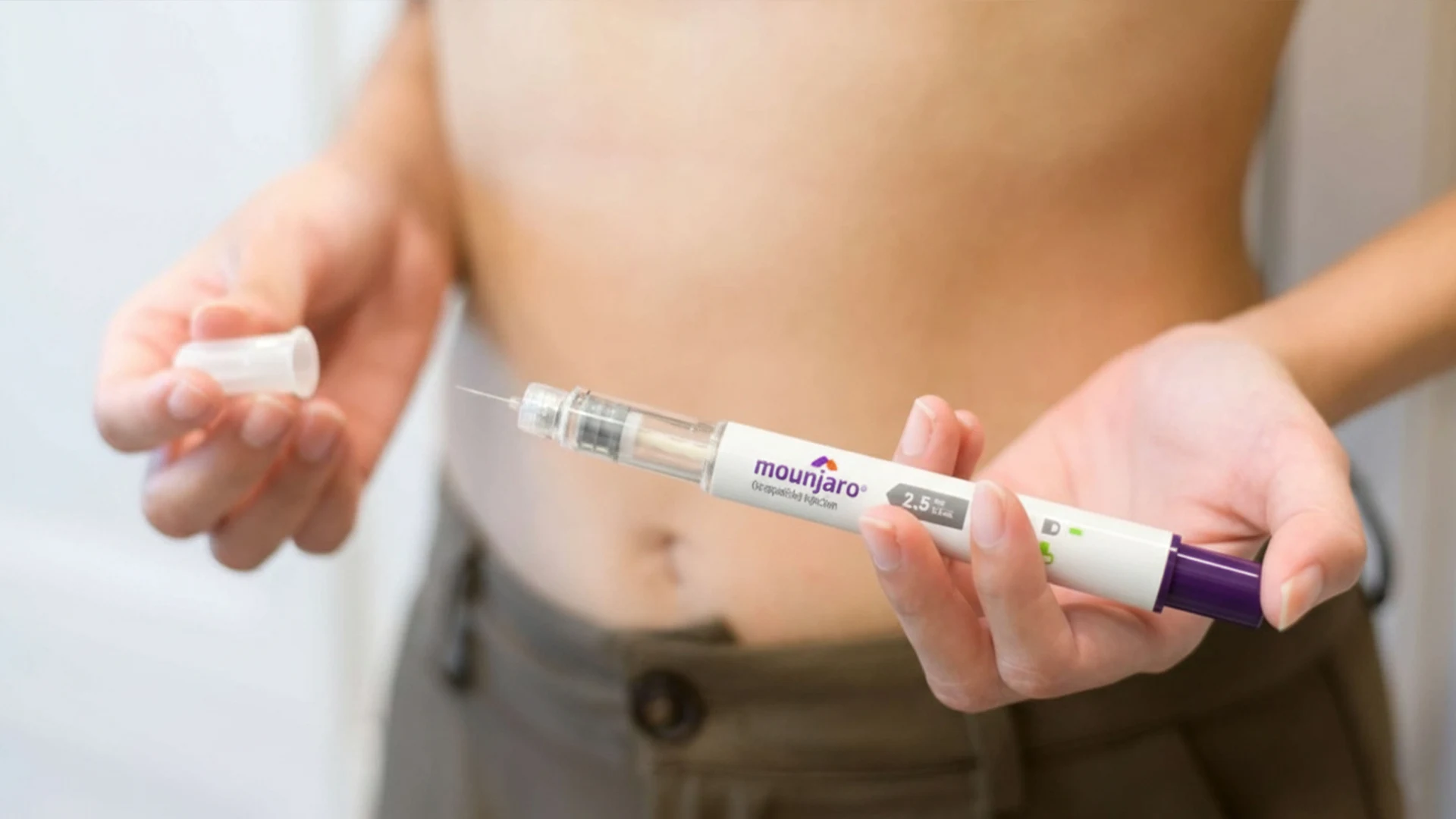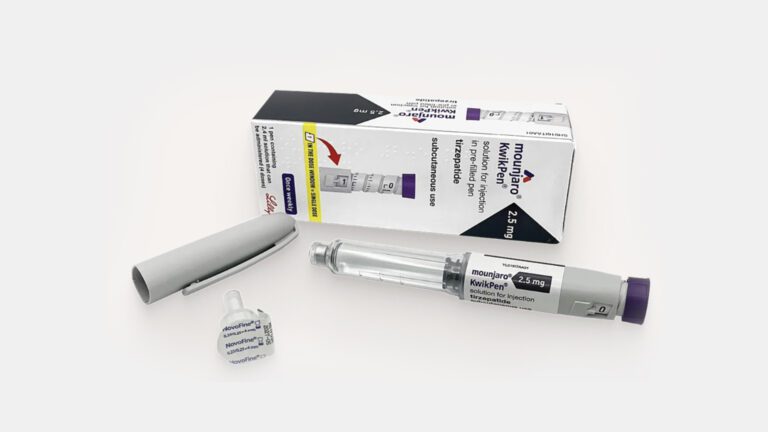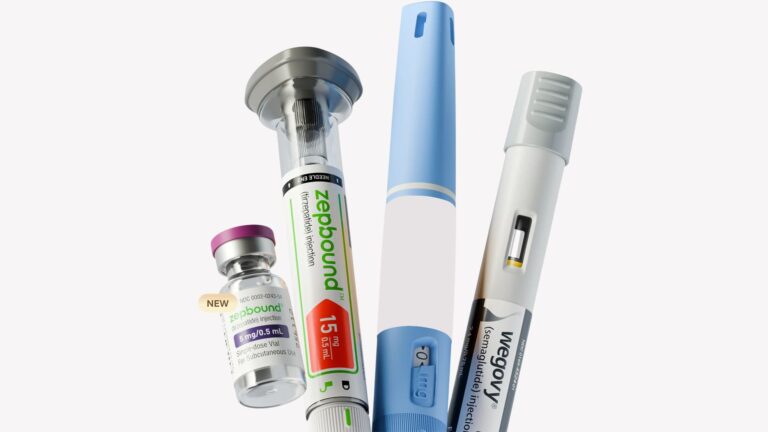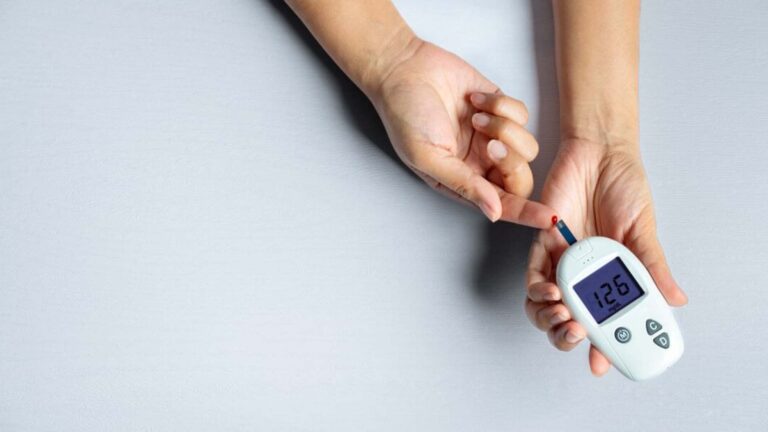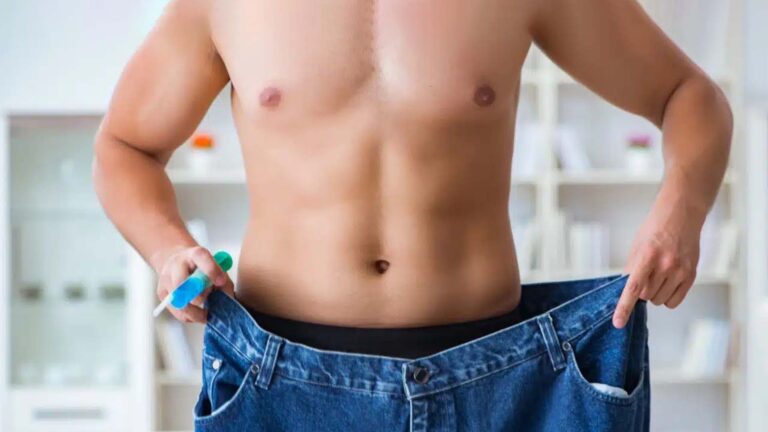Intermittent fasting (IF) has become an incredibly popular flexible and effective weight loss therapy. Instead of concentrating on what to eat, IF specifies when to eat, alternating eating periods with voluntary fasting. Popular methods include the 16/8 method (16 hours of fasting, eating during an 8-hour window), 5:2 method (five days of normal eating, significantly lowering calories on two non-consecutive days), or Eat-Stop-Eat (24-hour fasts one or two times per week). While it is effective for weight loss through the reduction of overall calorie intake and enhancement of metabolic flexibility, its effectiveness relies heavily on the composition of your meals for weight loss during your eating windows. Merely limiting eating windows without considering the quality of your food can nullify your efforts and even cause nutrient deficiencies.

The Core Principle
Nutrient-Dense Eating is Paramount
Intermittent fasting is not an excuse to eat unhealthy foods during your eating window. For sustainable weight loss, optimal health, and optimal feeling, your meals need to be nutrient-dense. This translates to emphasis on whole, unprocessed foods that supply vitamins, minerals, fiber, protein, and healthy fats. Consider your eating window a time to fuel your body as best as possible, not as a time to make up for the fasting window with junk food.
Key Elements of Successful Weight Loss Meals
In preparing your meals for weight loss for an intermittent fasting regimen, use these essential elements:
Lean Proteins: Protein is responsible for making you feel full and satisfied, so you do not overeat. It also helps maintain lean muscle mass while you lose weight.
Examples: Chicken breast, turkey, fish (salmon, cod, tuna), lean beef, eggs, Greek yogurt, cottage cheese, tofu, lentils, beans, edamame.
Healthy Fats: Although formerly misunderstood, healthy fats are needed to increase satiety, produce hormones, and absorb nutrients. They stabilize blood sugar and ward off cravings. Examples: Avocados, nuts (almonds, walnuts, cashews), seeds (chia, flax, hemp), olive oil, coconut oil, fatty fish.
Complex Carbohydrates and Fiber-Rich Vegetables: These offer sustained energy, avoid blood sugar increases, and provide essential fiber for digestive health. Fiber also provides bulk to your meals, promoting fullness.
Examples: Whole grains (quinoa, brown rice, oats, whole-wheat bread), starchy vegetables (sweet potatoes, squash), and a broad range of non-starchy vegetables (broccoli, spinach, bell peppers, leafy greens, asparagus). Fruits are also good sources of fiber and vitamins (berries, apples, oranges).
Vitamins and Minerals: Eating a varied diet of whole foods guarantees you obtain all the micronutrients your body requires to work at its best, boost metabolism, and sustain energy levels.
Organizing Your Eating Window Meals
How you organize your meals within your eating window is important.
Breaking Your Fast (First Meal): Your initial meal during a breaking of a fasting period should be light and rich in nutrients. Don’t try to load your digestive system straightaway with heavy foods, processed foods, or sugary foods. Choose easily digestible proteins, healthy fats, and non-starchy vegetables.
Subsequent Meals: For meals afterwards, try balanced meals that involve protein, healthy fats, complex carbohydrates, and lots of vegetables. Pay attention to your body’s hunger signals.
Pitfalls to Avoid: Steer away from too much refined carbohydrates, sweetened beverages, processed snacks, and fast foods. These provide very little nutritional benefit, may cause energy dips, and complicate hunger management, eventually defeating your weight loss efforts.
Intermittent Fasting Weight Loss Meal Ideas
Following are some illustrations of balanced, nutrient-rich weight loss meals that work nicely in an intermittent fasting eating window:
Breakfast-Style Meal (Perfect for ending a fast)
Scrambled Eggs or Tofu Scramble: With mushrooms, spinach, and bell peppers, a side of avocado, and a small serving of berries.
Greek Yogurt Bowl: Plain Greek yogurt topped with a sprinkling of nuts, seeds, and a handful of mixed berries.
Lunch/Dinner Options
Big Salad with Lean Protein: A mixed greens foundation (spinach, kale, romaine) topped with grilled chicken, salmon, or chickpeas. Add some non-starchy vegetables (cucumbers, tomatoes, carrots), a portion of nuts or seeds, and a vinaigrette made with olive oil and vinegar.
Baked Salmon or Cod: Paired with a healthy serving of roasted broccoli, asparagus, or green beans, and a small serving of quinoa or brown rice.
Lean Protein Stir-fry: Stir-fry chicken or tofu with plenty of colorful vegetables (broccoli, carrots, snap peas, bell peppers) and light sauce (low-sodium soy sauce or tamari, ginger, garlic). Offer a small serving of brown rice or cauli-rice.
Hearty Lentil Soup: Full of vegetables (carrots, celery, tomatoes) and served with a slice of whole-grain bread or a side salad.
Chicken or Turkey Breast with Sweet Potato: Grilled or baked lean protein with a medium sweet potato baked and a large portion of green steamed vegetables.
Hydration: Your Constant Companion
Throughout both your eating and fasting windows, hydration is most important. Drink lots of water. Black coffee and plain tea are generally okay during fasting and can assist with appetite control. With eating windows, keep water as your priority. Meals for weight loss with intermittent fasting provide a solid foundation, complementing other weight loss treatment methods. Whether you’re thinking about changes in diet, lifestyle changes, or even medical treatments such as weight loss injections, an emphasis on nutrient-dense food maintains general health and enhances outcomes.
For example, people taking weight loss injections tend to feel their hunger suppressed; this is the ideal time to eat healthy foods without craving, strengthening new, healthy eating habits. A well-balanced diet contributes to any weight loss being more successful and, ultimately, more sustainable.
Conclusion
Intermittent fasting is an effective way of losing weight, but its effectiveness is greatly boosted by being aware of eating during your open windows. By concentrating on whole, unprocessed food that is high in lean proteins, healthy fats, complex carbohydrates, and fiber, you can maximize your metabolism, manage hunger, and provide your body with the nutrients it requires. This meal strategy for weight loss will not only assist you in losing weight but also promote long-term health and well-being.






